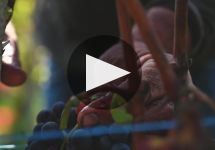G.D. Vajra Barolo Ravera 2019
-
Robert
Parker -
Wine &
Spirits -
Wine
Spectator -
Wine
Enthusiast -
James
Suckling -
Jeb
Dunnuck



Product Details
Your Rating
Somm Note
Winemaker Notes
The 2019 Barolo Ravera soars out of the glass with intense red fruit, raspberries, glacial mint and orange zest. The nose is expansive and reveals all the aging potential of this vintage. Red fruits, flowers, crushed stone fill out the mid-palate, together with the signature salinity and very chiseled tannins.
Professional Ratings
-
Robert Parker's Wine Advocate
The organic G.D. Vajra 2019 Barolo Ravera (with fruit from the most sought-after cru in the village of Novello) reveals gorgeous tonality and color. The wine shines bright with dark ruby and garnet gemstone. Healthy Nebbiolo colors like this can be admired across the 2019 vintage. Ravera represents a union of different geologies from Barolo and Castiglione Falletto. The site has shown extraordinary versatility, especially in the face of climate change, to make wines of both strength and elegance. It is softly textured but also strong in fiber, with silky sensations followed by dark fruit and concentration. Ravera has a character all its own, and the operative word here is power.
- Wine & Spirits
-
Wine Spectator
There’s plenty of latent fruit in this this graceful and complex red, in the form of cherry, raspberry and plum, along with notes of flowers, tar, mineral and underbrush. Rich, balanced and long, this has well-integrated tannins that mingle with the ripe fruit flavors.
-
Wine Enthusiast
Aromas of fresh and macerated black cherries mixed of rose, thyme and underbrush give balance to the plush fruit notes. The palate is round, with plump macerated mixed berries and a touch of black tea and crushed chalk on the elegant finish.
-
James Suckling
Pretty fruit here with subtlety and verve. Flowers and hibiscus tea with orange peel and berries. Medium body. Fine tannins and a fresh finish. From organically grown grapes.
-
Jeb Dunnuck
Moving into a touch of purple flowers, the 2019 Barolo Ravera also has a touch of darker pigment as well as a more assertive nature, with black raspberry, mineral-rich earth, and pepper. It is medium to full-bodied, with more ripe, sweet tannins and notes of kirsch, tea leaf, and iron-rich earth. It is long on the palate and has broader shoulders in its profile, with both its fruit and its structure. Hold another few years and drink 2026-2046.
Other Vintages
2021-
Robert
Parker -
James
Suckling - Decanter
- Vinous
-
Wine
Enthusiast -
Jeb
Dunnuck -
Robert
Parker -
James
Suckling - Vinous
-
Wine
Spectator
-
Wine &
Spirits -
Robert
Parker -
Wine
Spectator -
Wine
Enthusiast -
James
Suckling - Decanter
-
Wine
Enthusiast -
James
Suckling -
Jeb
Dunnuck -
Wine
Spectator -
Wine &
Spirits -
Robert
Parker
-
Wine
Spectator -
James
Suckling -
Robert
Parker
-
Wine
Enthusiast -
Wine &
Spirits -
Robert
Parker
-
Wine
Spectator
-
Wine
Spectator -
Wine
Enthusiast
-
Wine
Enthusiast -
Wine
Spectator
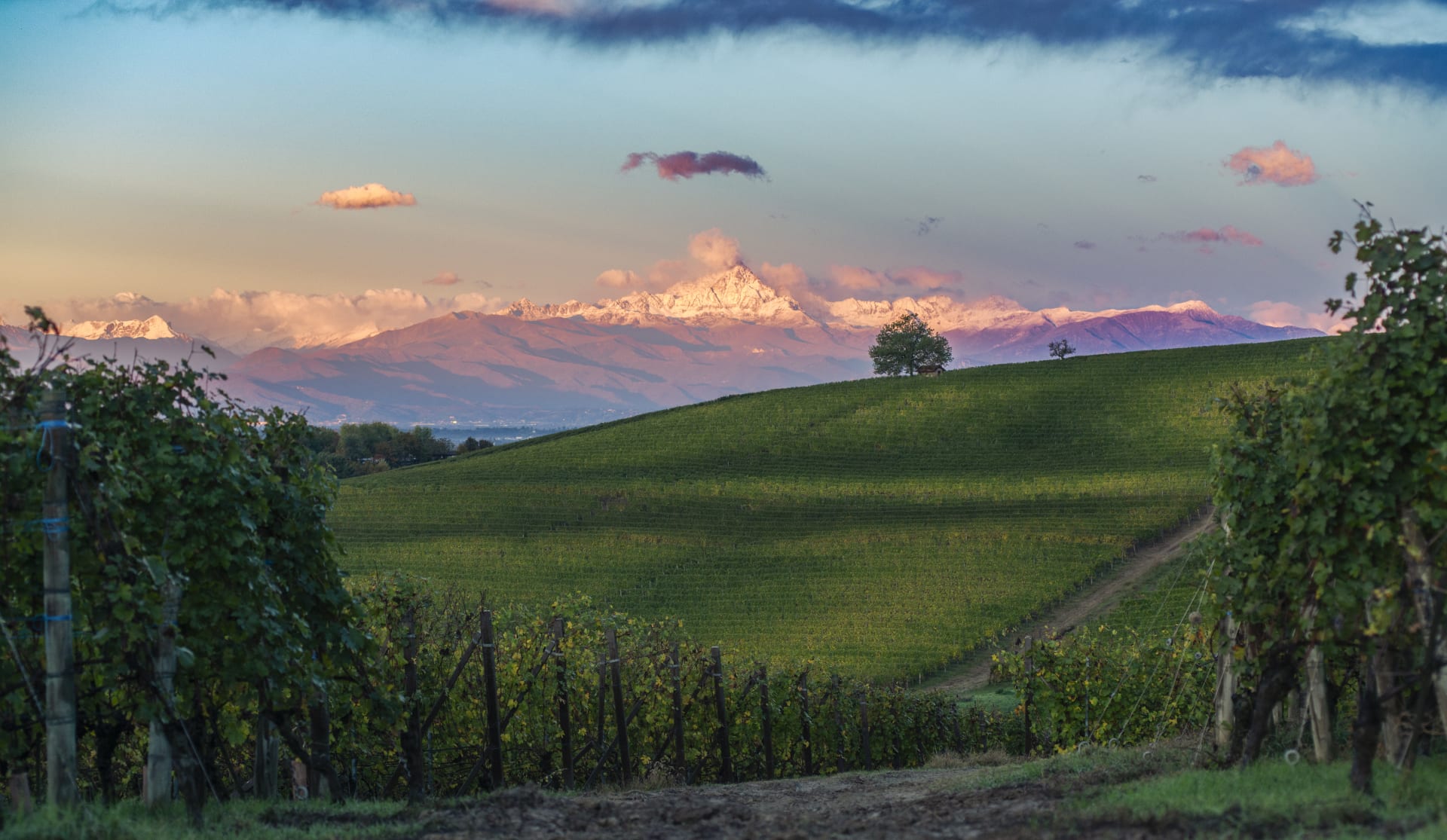
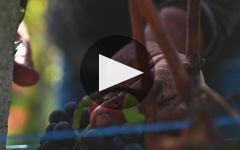
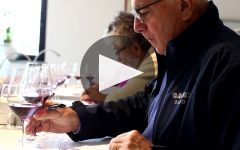
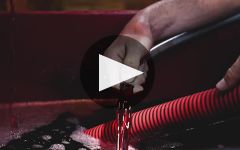
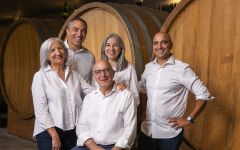
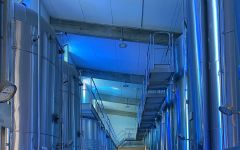
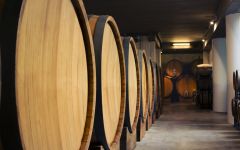

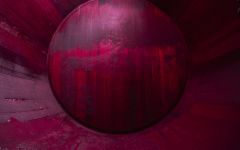
The Vajra family has farmed Bricco delle Viole, the highest cru in Comune di Barolo, since the 1880s. At the young age of fifteen, Aldo Vajra embraced the dream to revive his family legacy. Displaying a vision and commitment belying his young age he took over the estate in 1968, turning a new page.
Aldo soon acquired the first organic certification of the region (1971), created private biotype selections (selezioni massali) of Nebbiolo and Dolcetto, pioneered the renaissance of Freisa, a noble yet forgotten local grape (1980) and the cultivation of Rhine Riesling in Piemonte (1985).
Today, the Vajra family continues the vineyard research focusing on the influence of soil and climate change. The winery is trail-blazing the rediscovery of Chiaretto di Nebbiolo and the wines of the 17th century – long before Barolo was created - through two limited-production wines: "N.S. della Neve" (a champagne-method rosé brut) and "Claré J.C.", a partial whole-cluster fermentation of pure Nebbiolo.
High elevation vineyards are a unique factor to the Vajra wines, for their ability to express finesse and remarkable complexity over power.
Attention to details and humility towards the nature, uncompromised efforts and humanity: so are Aldo and Milena, now joined by their energetic children Giuseppe, Francesca and Isidoro, and by an amazing team of young professionals, in their quest for an authentic expression of their land into the wines. G.D. Vajra is an independent winery, entirely family-owned.
The winery quality focus grows during the years, SNQPI (2016) and Equalitas (2022) joined their certifications pack, the research on the flora and fauna, the improvement of biodiversity and the preservation of the old vines are a part of their everyday life and the future goal. G.D. Vajra is an independent winery, entirely family-owned.

Responsible for some of the most elegant and age-worthy wines in the world, Nebbiolo, named for the ubiquitous autumnal fog (called nebbia in Italian), is the star variety of northern Italy’s Piedmont region. Grown throughout the area, as well as in the neighboring Valle d’Aosta and Valtellina, it reaches its highest potential in the Piedmontese villages of Barolo, Barbaresco and Roero. Outside of Italy, growers are still very much in the experimentation stage but some success has been achieved in parts of California. Somm Secret—If you’re new to Nebbiolo, start with a charming, wallet-friendly, early-drinking Langhe Nebbiolo or Nebbiolo d'Alba.

The center of the production of the world’s most exclusive and age-worthy red wines made from Nebbiolo, the Barolo wine region includes five core townships: La Morra, Monforte d’Alba, Serralunga d’Alba, Castiglione Falletto and the Barolo village itself, as well as a few outlying villages. The landscape of Barolo, characterized by prominent and castle-topped hills, is full of history and romance centered on the Nebbiolo grape. Its wines, with the signature “tar and roses” aromas, have a deceptively light garnet color but full presence on the palate and plenty of tannins and acidity. In a well-made Barolo wine, one can expect to find complexity and good evolution with notes of, for example, strawberry, cherry, plum, leather, truffle, anise, fresh and dried herbs, tobacco and violets.
There are two predominant soil types here, which distinguish Barolo from the lesser surrounding areas. Compact and fertile Tortonian sandy marls define the vineyards farthest west and at higher elevations. Typically the Barolo wines coming from this side, from La Morra and Barolo, can be approachable relatively early on in their evolution and represent the “feminine” side of Barolo, often closer in style to Barbaresco with elegant perfume and fresh fruit.
On the eastern side of the Barolo wine region, Helvetian soils of compressed sandstone and chalks are less fertile, producing wines with intense body, power and structured tannins. This more “masculine” style comes from Monforte d’Alba and Serralunga d’Alba. The township of Castiglione Falletto covers a spine with both soil types.
The best Barolo wines need 10-15 years before they are ready to drink, and can further age for several decades.
